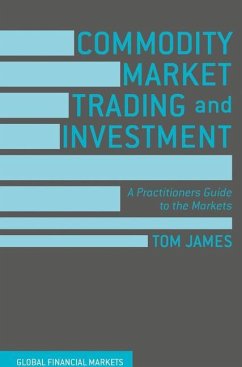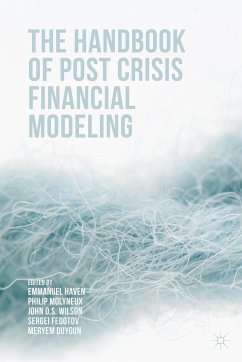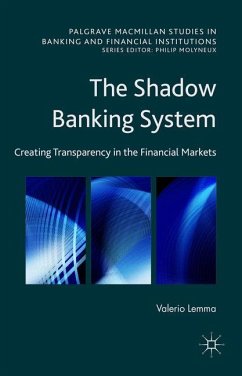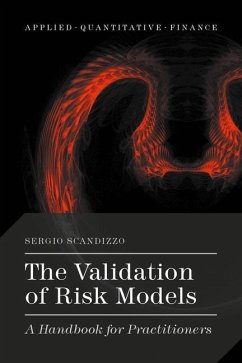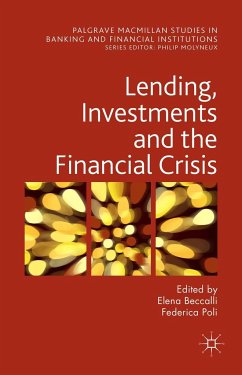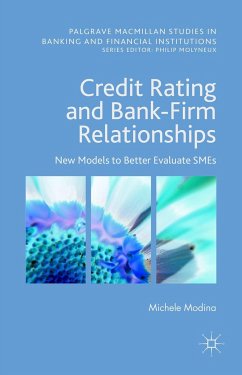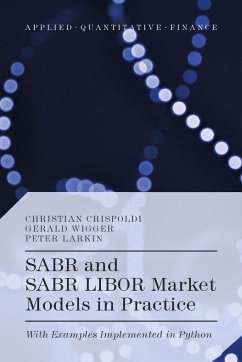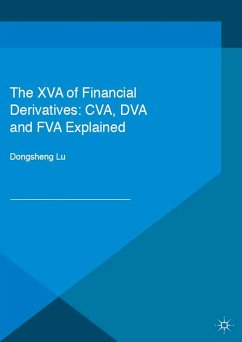
Hybrid Securities
Structuring, Pricing and Risk Assessment

PAYBACK Punkte
38 °P sammeln!
Hybrid capital securities or 'hybrids' offer various benefits. They offer flexibility equity without shareholder dilution, provide protection to senior creditors, are a stable source of long-term funding for healthy companies, and help insurers and banks meet regulatory and rating agency capital requirements. Risks and features of hybrid securities are expressed in the credit spread of some relatively new financial instruments, but no structural fundamentals exist for to price hybrids precisely.This book proposes a model for the pricing of hybrids. It begins by explaining the concept of hybrid...
Hybrid capital securities or 'hybrids' offer various benefits. They offer flexibility equity without shareholder dilution, provide protection to senior creditors, are a stable source of long-term funding for healthy companies, and help insurers and banks meet regulatory and rating agency capital requirements. Risks and features of hybrid securities are expressed in the credit spread of some relatively new financial instruments, but no structural fundamentals exist for to price hybrids precisely.This book proposes a model for the pricing of hybrids. It begins by explaining the concept of hybrids as well as their equity- and debt-like characteristics. Different types of hybrids are presented, including preference shares, convertible bonds, contingent convertibles (CoCos) and bail-in bonds. The authors then present analysis of regulatory regimes' impact on hybrids. They discuss the types of hybrid bonds that are contemplated in the Capital Requirements Regulation (CRR) and Banking Unionmechanism. They then present an in-depth examination of hybrids pricing and risk assessment techniques. The book provides a comprehensive analysis from mathematical, legal and financial perspectives in order to look at relatively new financial instruments and address problems with the pricing models of hybrids which are as yet unsolved.





